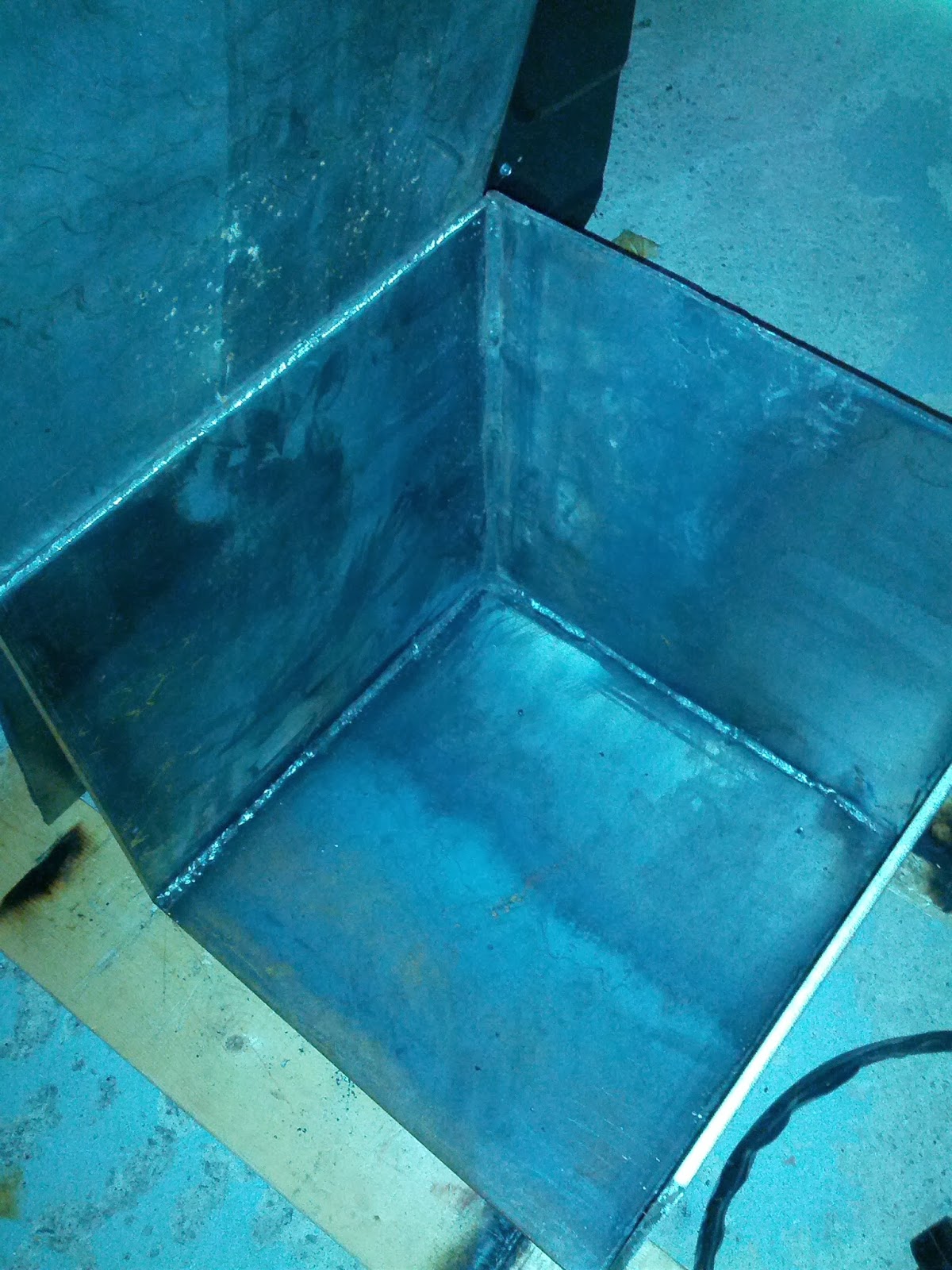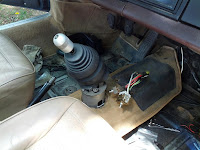As soon as I walked through the doors, I knew I was in the right place (and in the wrong job) Some of the owners cars were on display in the front lobby. Factory 930 slantnose in red, raced out 993 RS replica in white and Ferrari 458 in red were front and center, all fitted obviously with Fabspeed.
So, fast forward to the weekend when I started to install it on my car.
Step one. Remove old muffler. Sounds easy. Nope. 13 years of bolts rusting and heat cycling meant there was no way the nuts were coming off without a fight! Like a naive optimist, I thought a little penetrating oil and heat and elbow grease would do the trick. I quickly gave up on that and opted for the grinder and air hammer to get the job done! Here's what's left of them.
So, with the bolts out, just snipped the straps that were holding the muffler to the bracket (wasn't even going to waste my time with trying to undo the bolts) and off it came.
Looks like a hot dog! Not nearly as nice as what I'm about to put on.
Cracked motor mount bracket. If you look closely, you can see whom ever tried to repair this first, just tack welded a little strip of sheet metal to both sides of the crack at the top. LAME! Gotta weld that shit.
It's not perfect, but it'll do for now.. until I drop the engine next winter for major service and do a proper repair while it's off the car.
So, they included this nice stainless steel bracket which the new muffler is supposed to attach to, and it's supposed to bolt to this motor mount bracket.. I don't see any holes.. do you see any holes? After checking the 'ol interwebs, I found a nice picture of this piece in it's entirety (which I marked up) and realized the heat exchanger tube is in the way hiding the holes. Yet another thing I have to take off!
Se, with everything out of the way, I was able to get the bracket installed.
Now, the rest should be like pie!
I'll post some pictures of the entire behind when I finally get it out of the garage if spring ever arrives.. And of course some video of how it sounds when I start it up for the first time in the spring.

























































